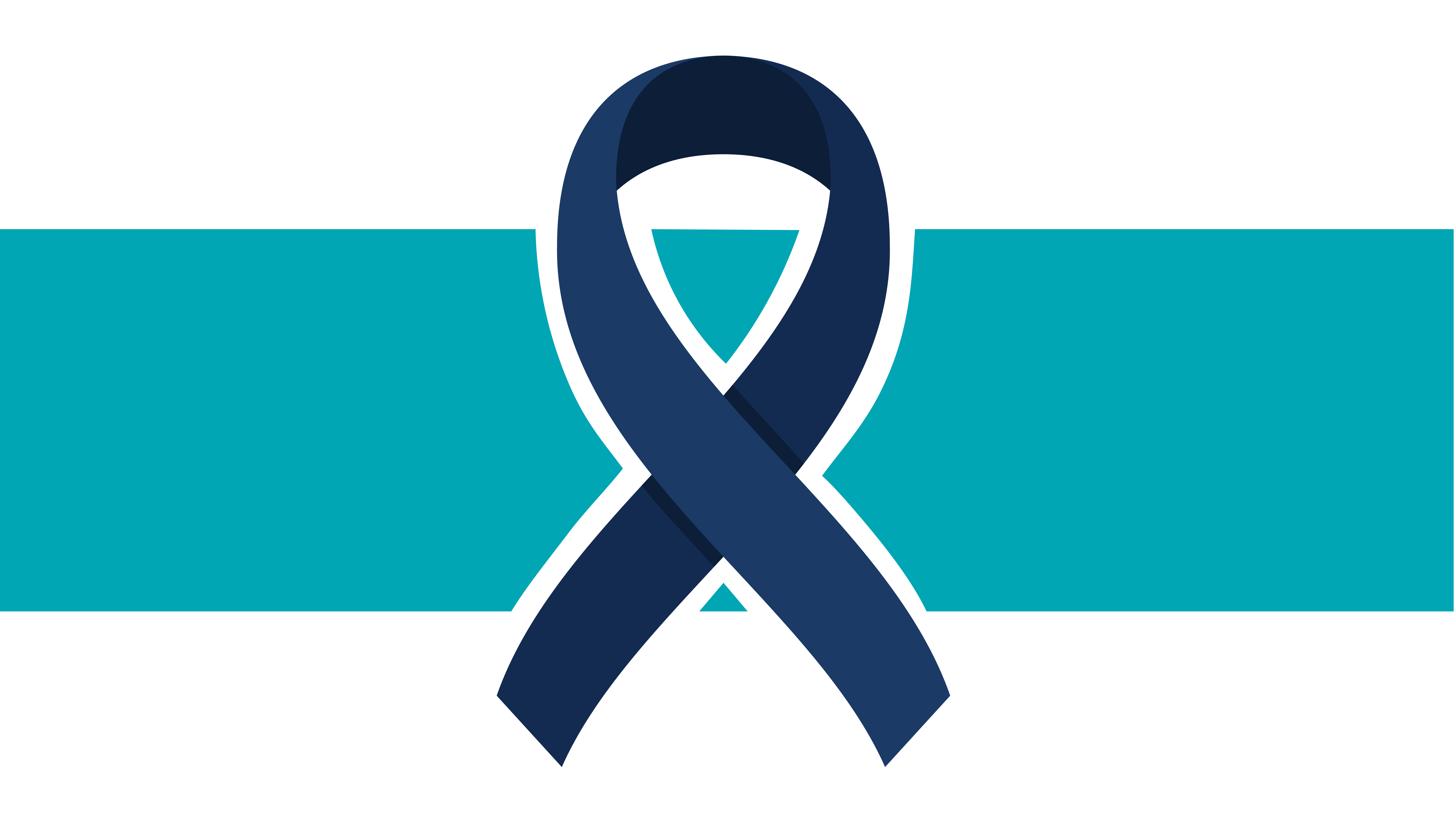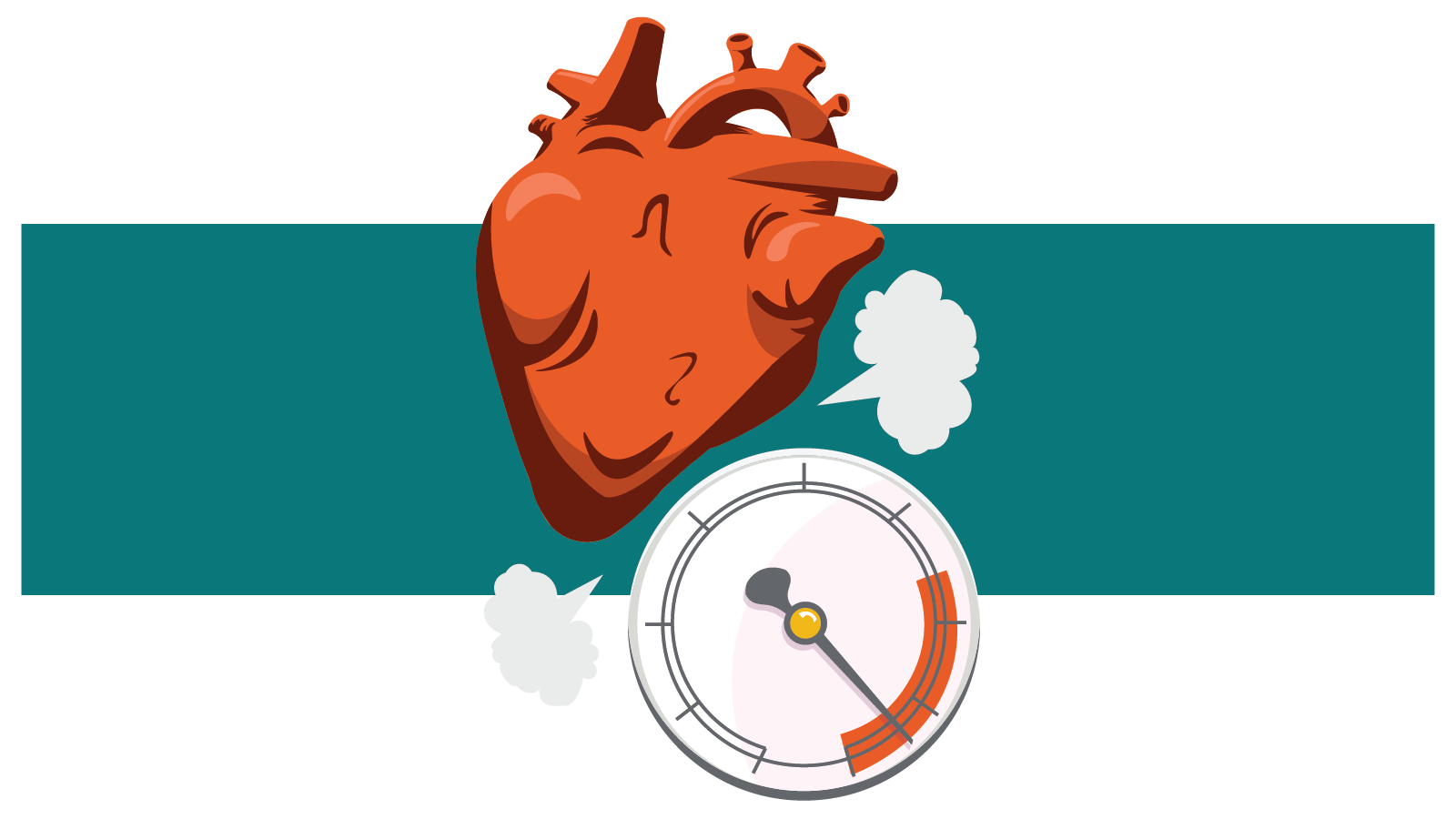From Awareness to Action: Colorectal Cancer Month Advocacy
Colorectal cancer is a prevalent and potentially life-threatening condition that affects the colon or rectum. It is the third most common cancer...

Some people think they can predict the weather because they “feel it in their bones.” Some studies suggest there may be some truth to that.
In 2007, researchers from Tufts University found that both change in barometric pressure and ambient temperature influence severity of pain. Specifically, they found that for every 10-degree drop in ambient temperature, arthritis patients will see a notable increase in joint pain.
There is no one explanation for why dropping temperatures affect your joints. Several theories focus on barometric pressure, also known as atmospheric pressure, which cause tendons, muscles, and the surrounding tissues to expand. Given the confined nature of the body, expanding in these areas leads to increased pressure and consequently pain, especially in joints affected by arthritis. However, the jury is still out as to exactly why these external factors impact joint symptoms, and whether or not they cause pain, but it can make symptoms more noticeable. But before we can understand why these factors affect joint pain, it’s important to first understand musculoskeletal pain generally.
Musculoskeletal pain is pain that affects the muscles, joints, ligaments and tendons, and bones. Musculoskeletal pain can be acute, meaning it is sudden and severe. Or the pain can be chronic (long-lasting). You may have localized pain (in one area of your body), or it may affect your entire body.
Some conditions may increase the risk of this kind of pain. The Cleveland Clinic advises people living with these conditions to take extra care when it comes to environmentally-affected joint pain:
Some people may already feel low during the winter months, so not only can pain deepen a low mood, but the reverse is true, too. Pain researchers, like Yale School of Medicine professor Dr. Nalini Vadivelu, estimate that 30% to 45% of patients with chronic pain experience depression. It’s a vicious circle that will affect the quality of your life. If you are experiencing feelings that increase the impact of physical pain, reach out to your healthcare provider (or ask your health plan for assistance in finding a mental health professional).
If you experience any unusual or new symptoms with your joints—such as persistent swelling, redness, difficulty putting pressure on, or using, the joint—it’s a good idea to consult your physician. If you have consistent or severe pain that becomes disabling, seek medical care right away.
If you need help dealing with a chronic, day-to-day musculoskeletal condition, our Customer Experience Advocates team can help you find the right care and keep you on course for a healthy outcome. We are here to help.

Colorectal cancer is a prevalent and potentially life-threatening condition that affects the colon or rectum. It is the third most common cancer...

On paper, your kidneys look like a pair of chummy red beans. (Yes, mammalian kidneys are the namesake of the heart-healthy kidney bean.) No offense...

Hand over heart—when was the last time you checked in with your cardiovascular health? Checked your blood pressure? February is National Heart Health...